Nội dung
Marketing performance is based first and foremost on measurement, and a marketer’s quality of measurement is the key to their success. Ambiguous or inaccurate results can lead to mistakes; and mistakes can cost millions (and sometimes billions) of dollars.
So what happens when the data you base your decisions on is no longer reliable?
In a recent blog post we spoke about SKAdNetwork and its effect on measurement: Advertisers can no-longer consume data from a single source, but instead try to piece together the truth from several data silos. Even then, it’s impossible to get a clear picture of campaign performance due to the fact that different attribution sources can report the same install and create duplicates.
Here’s what advertisers see today:
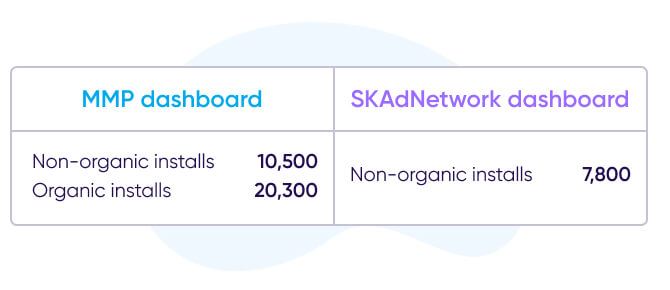
In the example above the advertiser sees two sets of attribution data: the MMP’s and SKAdNetwork’s. So which data stream represents the truth? What is the actual non-organic traffic – is it 10,500? 7,800? The sum of both? Somewhere in between?
A single source of truth for your measurement
In late 2021, we launched Single Source of Truth (SSOT), AppsFlyer’s solution for user count deduplication (you can read more about it here), which can be enabled by Appsflyer users in their Conversion Studio configuration:
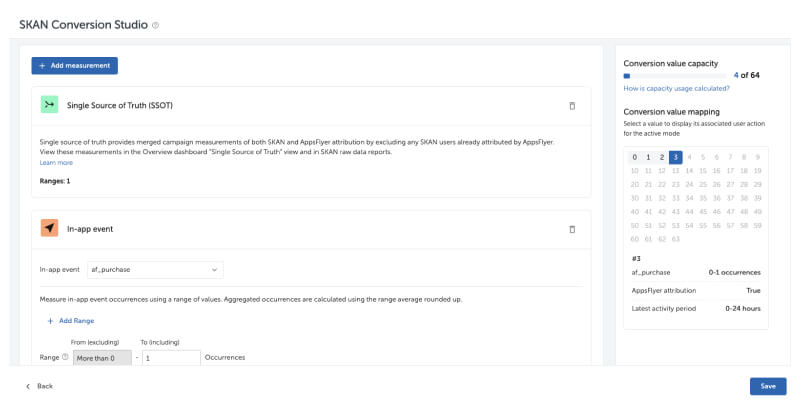
Then, if an install was attributed twice, it’s reflected in both our raw data and aggregated data reports.
When we launched SSOT we knew our users had a problem with duplicates, but we could only speculate what a huge impact SSOT would have on their attribution data and cost metrics. We were floored when we uncovered the actual data:
- Advertisers with primarily non-SRN campaigns saw that around 62% of their SKAN installs were duplicates
- Advertisers with primarily SRN campaigns saw that around 18% of their SKAN installs were duplicates
With duplicates out of the way, advertisers are able to enjoy the best of all worlds: all incoming iOS data from multiple sources, with each user being represented only once.
Deduplication is critical for iOS data, but the benefits don’t end there.
Let’s break down the 3 ways in which SSOT can transform your data and help you get actionable insights:
1. Recover unattributed non-organic installs
No single attribution source for iOS 14 provides 100% coverage or the full picture.
Summing up the number of app installs from all sources is not an option, as the same install may be reported twice (as we saw above).
By enabling SSOT, advertisers can recover the real number of unattributed installs and successfully attribute more installs to ad networks. This will allow advertisers to get better results for the same amount of effort and money.
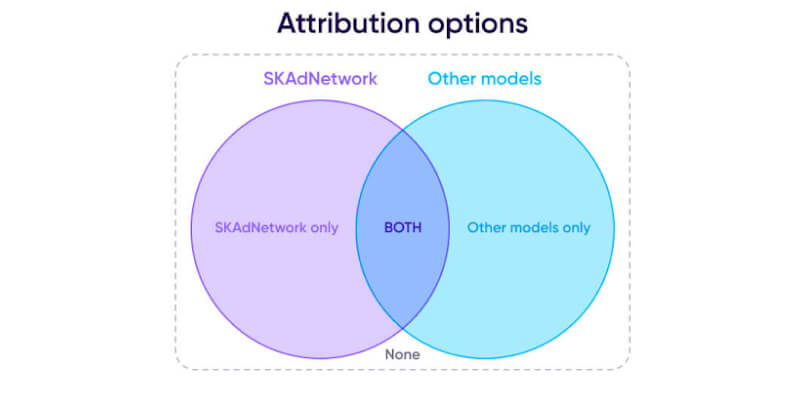
2. Get the right i for your eCPI
Since iOS 14 was released, the total cost for each campaign was reported alongside partial install data, resulting in a distorted picture of critical cost metrics such as eCPI, eCPA and ROAS.
To calculate eCPI, the total cost of a campaign is divided by the total number of installs:
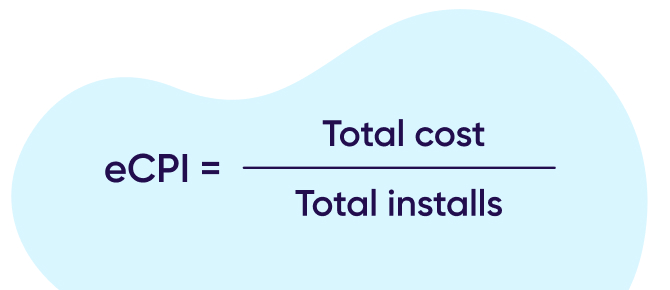
Let’s assume for the sake of argument that an advertiser spends $200 on an iOS campaign. Let’s also assume that the MMP attributes 100 installs resulting from the campaign, and that SKAdNetwork attributes 50.
Here’s what the eCPI calculation would look like:
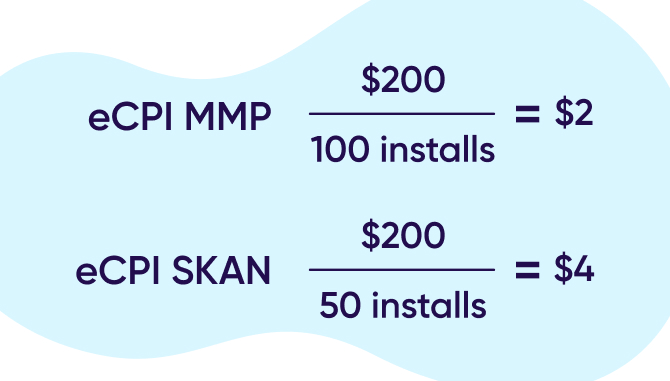
In this example, the eCPI for each attribution method is much higher than expected.
Now let’s assume that the actual number of total non-organic installs after removing duplicates is 120, and split the total cost with the real unified amount of non organic installs:
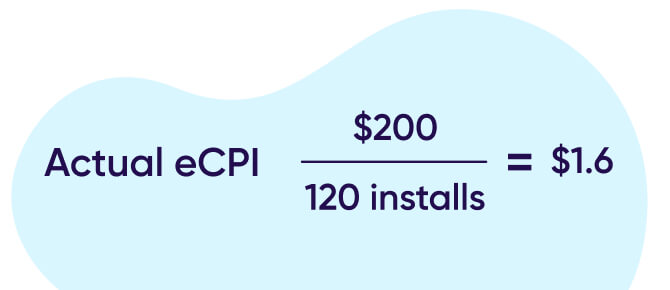
In the example above, the eCPI drops significantly, which is in line with what we have witnessed from customers using SSOT. Some of our clients reported a 30-70% decrease in their eCPI.
3. Understand your organic baseline
Organic data is a crucial baseline for campaign optimization. Without it, it’s impossible to measure the k-factor or incremental lift of your marketing campaigns.
In the pre-SSOT reality, advertisers could not get a clear picture of organic data due to the “noise” created by unattributed NOIs.
By successfully attributing previously unattributed installs, organic data is cleaned of unattributed “impurities”, enabling us to provide more precise organic traffic reports (some of our clients saw a 75% decrease in organic traffic). As a result, advertisers can understand which campaigns performed best.
Key takeaways
These simple and yet crucial examples teach us that by deduplicating installs, marketers can get a clear picture of their marketing performance, while enjoying the best of both worlds:
- AppsFlyer attribution: Full LTV measurement based on traditional attribution models – including remarketing, owned media and web-to-app traffic (which SKAN doesn’t support).
- SKAN attribution: Full coverage of deterministic data points.
iOS 14 shuffled the cards and moved marketers from a unified reality to one that consists of several data silos. Single Source of Truth is one step out of many AppsFlyer takes to help marketers thrive in the post-iOS 14 reality.